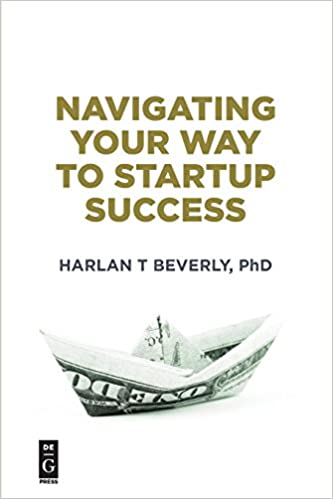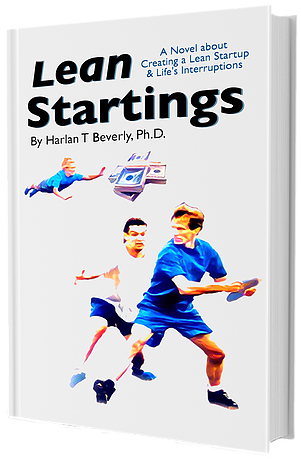Two summers ago, I decided to write a textbook on Entrepreneurship and Innovation. I gave myself the summer to write it (three months, part-time). My publisher ( De Gruyter ) thought I was crazy… but I did it. https://www.amazon.com/Navigating-Your-Way-Startup-Success/dp/1501515667 Here’s how:
Step 1: Make a Deadline
Without a deadline, how can you hit it? I set myself a deadline of three months, and I fully intended to do it. Would it be perfect, no, but would it be finished, yes! So few people will actually set a deadline for a project like this, but it really is the most important step.
Step 2: Break it Down
Realizing I had three months, I decided I wanted to have 12 chapters so I could write one chapter per week. So I made an outline for the book that broke down the content into 12 clean chapters.
Step 3: Make a Schedule
I also had a full-time job while I wrote the book, so I had to find time to write it. I created three weekly time-slots into my Google Calendar for writing, and one for reviewing. That left me 4×4 hour blocks for writing (evenings and weekends).
Step 4: Outline the Chapter
I made an outline for the chapter first, sorting out what I wanted to cover, and the order in which I planned to present it. One important trick was to make each chapter follow a similar pattern. I opened with a story, then covered 2 or 3 main points of learning, then closed with a story. Each chapter also had at least 1 figure and 1 “assessment” guide to help the reader assess what they learned.
Step 5: Write
I did NOT focus on writing well, just getting it all out. I used the chapter outline to stay organized and on point, but otherwise wrote almost free-form (deciding to add references and such later).
Step 5: Edit
In the final 4-hour slot, I finished up, edited, added quotes and figures, etc. Re-reading what I wrote was really helpful in making the book come together.
Step 6: Publish
I sent it on to the publisher and their editor was shocked. Not only was the book done ON TIME, it had very few mistakes or edits. {partial credit to my wife who also pre-read and edited the final version for me}.
SUCCESS?
In short, yes. The book made the Bestseller list for the publisher in the first year, and continues to sell quite well on Amazon and in certain bookstores.
If you get a copy, I’d be happy to sign it!
https://www.amazon.com/Navigating-Your-Way-Startup-Success/dp/1501515667
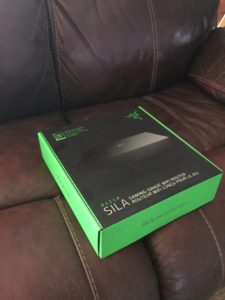
 Second, a bit about the install process. Opening the box was quite nice. Everything was arranged nicely and simply, and had the classic
Second, a bit about the install process. Opening the box was quite nice. Everything was arranged nicely and simply, and had the classic 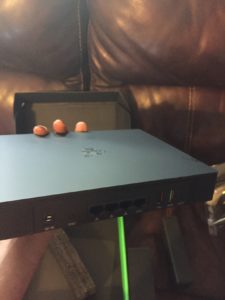
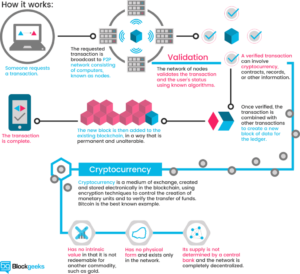


 What exactly is big data?
What exactly is big data?



